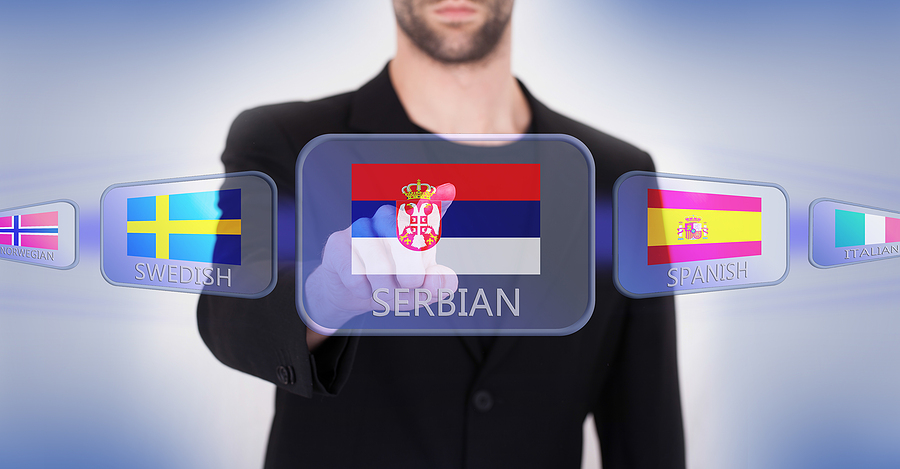Interesting Facts About the Serbian Language and Culture Explained
Last Updated On: January 13, 2022 by The Migration Translators

Interesting Facts About the Serbian Language and Culture Explained
Serbia is the largest of the former republics making up Yugoslavia, formed after the Second World War. As the Serbian-dominated federation broke up, it eventually left Serbia alone. Serbia is a landlocked country, bordered on the northwest by Hungary, the northeast by Romania, the southeast by Bulgaria and North Macedonia, the west by Croatia and Bosnia-Herzegovina, and the southwest by Montenegro. One small southern part of Serbia, Kosovo, declared independence in 2008, but this is not recognized by Serbia. The capital of modern Serbia is Belgrade.
Serbia has had a tumultuous and complex history that has shaped both the language spoken in Serbia and Serbian culture. Today, it is rapidly becoming another modern, relatively affluent democratic part of Europe, its ascension to which is expected to go ahead in 2025. Young Serbians have grown up in the world of the Internet and relative peace, but many older Serbians remember the darker days of the 1980s and the genocide against native Bosnians that became the worst case of internal strife and bloodshed in post-Word War2 Europe.
The Serbian language
The official language of Serbia is Serbian, which is a Slavic language, related to Croatian, Bulgarian, and Russian. Learning Serbian is somewhat easier if any of the other Slavic languages have been studied. Written Serbian is increasingly becoming more Latinised, but the older Cyrillic alphabet and script is in use as well. Learning Serbian, it is necessary to become familiar with the unique letters and pronunciation used in the Cyrillic alphabet, as well as its Latinised equivalents. On the other hand, if you intend to travel around the Balkans on holiday, you can get away with just the language as it is written in Latinised script. Note that Croatian and other Balkan languages are very similar to Serbian, so this makes learning Serbian useful for visiting or working in other countries in the region.
Like German and Russian, Serbia uses genderized nouns, with nouns classified as male, female, or neuter. Adjectives, pronouns, and verbs all change according to the gender of the subject noun, a feature that makes learning Serbian more difficult for English language speakers who don’t have these linguistic features.
Serbian culture and tradition
As has already been mentioned above, Serbian culture is the result of hundreds of years of history. It has alternately been parts of another empire, such as the Ottoman Empire, an independent monarchy or republic, or part of a federation. As in many European countries, uniquely Serbian culture and tradition are much more strongly experienced in rural parts of the country and in smaller towns and cities. Life in larger cities like Belgrade is much more similar to anywhere else in modern Western Europe.
There are some characteristics of Serbian culture that can be identified as noted below.
- Serbians are less individualistic than in some other western countries. They have retained their extended family networks more often and value their family connections and friendships.
- Serbians have a great sense of dark humor. This tends to be often self-deprecating, with the humor turned inwards. However, it may be wise not to make jokes about Serbians, especially about the recent past, unless you know the people you are with very well.
- Serbians are proud of their identity despite the fact that the country has often been part of some other entity. It’s wise not to confuse Serbia with other Balkan states.
- Hospitality is appreciated by Serbs. They tend to be very generous and expect others to reciprocate this. One feature which is often noticed when socialising with Serbs is the tendency for one of the parties to attempt to pay the entire bill for the rest, this often being something which individuals compete to be the first to pay up.



